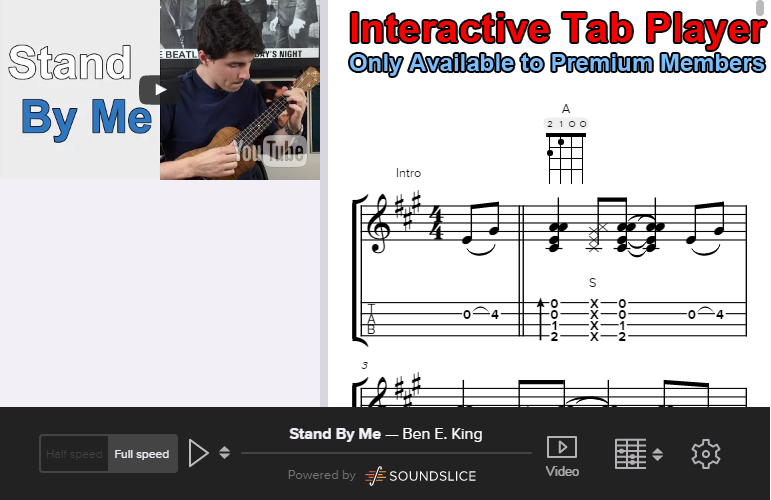Below is the lesson for “Ode To Joy” by Ludwig van Beethoven.
Helpful Tips
A classical fingerstyle take on a timeless song. This arrangement makes use of a pedal tone to create a “flowing sound” but, this also adds harmonic tension that leaves the listener anticipating resolution. So, what does this mean exactly? Our pedal tone in this song is the open C (3rd string) note. On every & of the beat we are playing this note. Regardless of the chord changes that occur in the song, we continually play an open C every other time. This is what a pedal tone is in a nut shell. It helps to build the tension until you resolve the progression (or phrase) at the end of bar 4 for all four melodies.
This arrangement can be played with a three finger or four finger approach. In the lesson video we will be discussing right hand fingering choices. Keep in mind this piece should be played with a slow and steady pulse that allows all the notes to ring into each other.
Part 1 – Performance & Free Lesson


